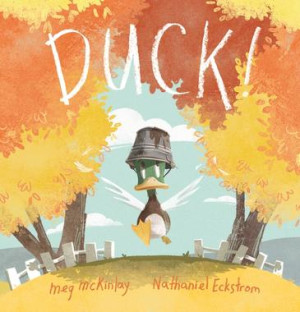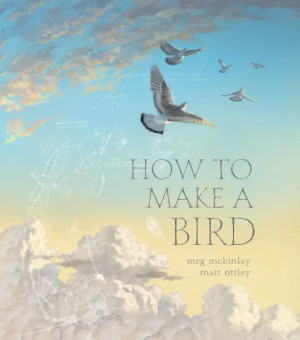

Story problems & complications
What’s in the Video?
There are many ingredients you’ll need for your story soup. One of the most important of these is CONFLICT - the problems and obstacles in your character’s path. Learn why conflict is important, and how you can use it to give your stories excitement and momentum.
Video Chapters:
00:00 Introduction
00:23 Meet the creators
01:08 Creating effective story obstacles
04:18 Are there different kinds of story conflict?
06:58 What makes effective conflict in a story?
08:08 Final words of advice
09:12 Here’s what we’ve learned
 Learning Intentions
Learning Intentions
1. Learning about conflict, and how to create effective, interesting story problems.
2. Exploring different kinds of story conflict, and experimenting with story problems.
3. Exploring how to connect conflict to characters.
SUCCESS CRITERIA:
1. Identified five different kinds of story conflict, and demonstrated an understanding of how these work in a story.
2. Experimented with conflict ideas and different story scenarios.
3. Used imaginative details and descriptive language.
 Discussion Questions
Discussion Questions
PRE VIDEO:
Think about the last story you read or watched. What happened to the main character (or characters) at the beginning of the story?
What happened next because of that ‘thing’ happening? What did ‘the thing that happened’ mean for the characters and their story?
Can you think of stories where NOTHING happens to the main character? What do you think it would mean for a story if a character had no problems or issues?
POST VIDEO:
Emily and Meg talked about something called story TENSION. Do you remember what that was? (NB – the thing that makes us suspect something important is about to happen and that keeps us turning the page).
Emily and Meg talked about story CONFLICT, which is another word for story problems. They told us what might happen in a story with no conflict. What do YOU think might happen to a story that had no conflict or problems?
Emily and Meg talked about five different kinds of story conflict.
Do you remember what these five types of conflict were? (NB –character vs character, character versus nature, character versus the supernatural, character versus themselves, character versus society). NB – as an option, show students Resource 1: Five Kinds of Story Conflict REFERENCE.
Can you think of any examples of stories that feature these different kinds of story conflict?
Emily told us that it’s a good idea to concentrate on one main conflict first, because readers want to see how the writer solves the conflict (or how characters solve their problem). Do you think it’s important to see a character solving their problems in a story? How would you feel if you didn’t see this?
Meg mentioned something called RAISING THE STAKES – she said that this means making the conflict really MATTER to a character.
What example did Meg give of doing this in her book?
Why do you think making the conflict matter to a character is important?
As a reader, what would happen if the conflict wasn’t important to the main character or didn’t affect their lives in any great way?
 Curriculum Links
Curriculum Links
ENGLISH Year 5-6
Literature:
● Engaging and responding to literature: AC9E5LE05, AC9E6LE05
● Creating literature: AC9E5LE05
● Analysing, interpreting and evaluating: AC9E5LY05, AC9E6LY05, AC9E5LY03,
AC9E6LY03
● Creating texts: AC9E5LY06, AC9E6LY06
LITERACY
Writing:
● Creating texts: Crafting ideas Level 7-8
CREATIVE AND CRITICAL THINKING
Analysing
● Interpret concepts and problems: Level 4
Reflecting
● Transfer knowledge: Level 4
Generate
● Create possibilities: Level 4











